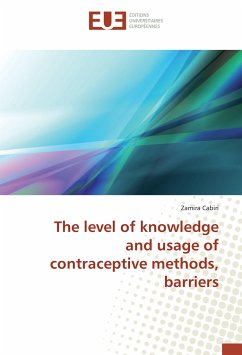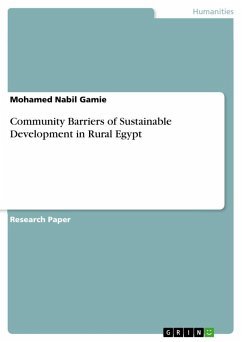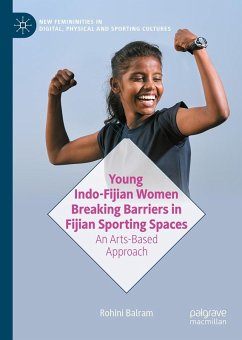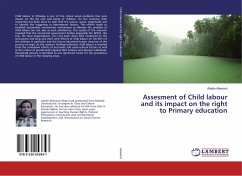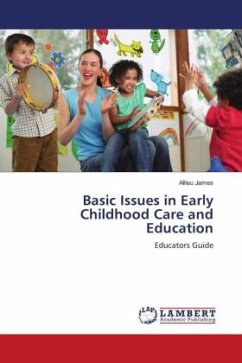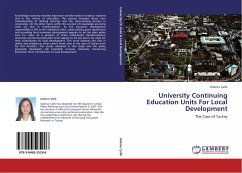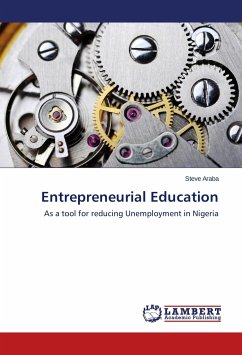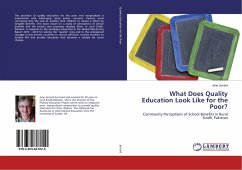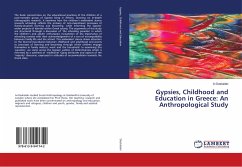
Barriers to Education and Its Impacts
Versandkostenfrei!
Versandfertig in 6-10 Tagen
46,99 €
inkl. MwSt.

PAYBACK Punkte
23 °P sammeln!
This book examines the gender, caste and ethnic barriers to education and its impacts on school attainment of high school students in rural Nepal, where various caste/ethnic groups are living together with various composition of their population within villages. Specifically, through the three phases of fieldwork using both quantitative and qualitative research methods it explored the barriers to education, and why the barriers differ across gender, castes and ethnic groups. The education production function suggests that girls, Janajati and Dalit students perform poorer than that of boys and ...
This book examines the gender, caste and ethnic barriers to education and its impacts on school attainment of high school students in rural Nepal, where various caste/ethnic groups are living together with various composition of their population within villages. Specifically, through the three phases of fieldwork using both quantitative and qualitative research methods it explored the barriers to education, and why the barriers differ across gender, castes and ethnic groups. The education production function suggests that girls, Janajati and Dalit students perform poorer than that of boys and upper caste students, and found that household chores, father s education, land sufficiency; student-teacher ratio, and ethnic composition significantly affect students educational attainment. It is argued that the policies for inclusive education should consider these determinants matching the ethnic composition of a village.



